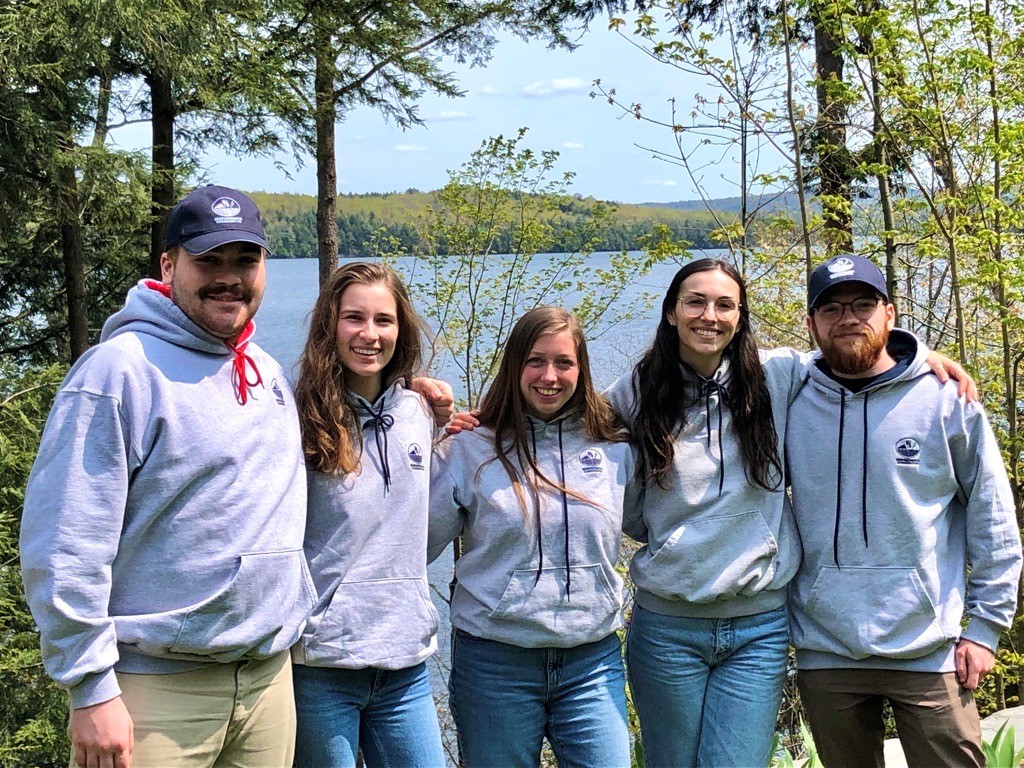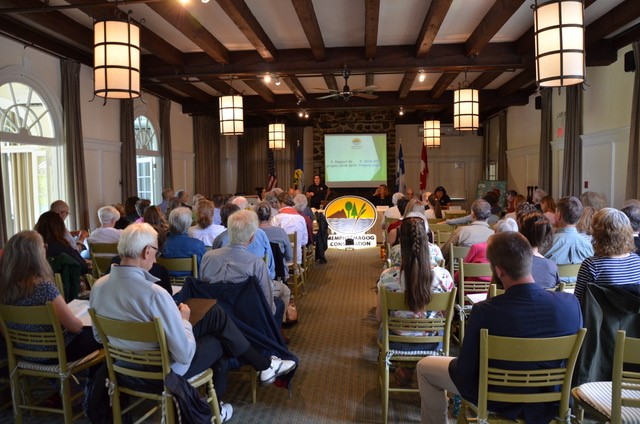Farming activities
Farming activities can become an important source of waterway pollution if they are not properly controlled. In fact, runoff from and erosion of farm land carry nutrients, soil particles and chemicalsinto waterways. According to a study (in French only), farmed land and prairies and pastures are among the largest potential sources of phosphorous for Lake Memphremagog.
The main results of farming activity are reduction in water transparency and the proliferation of aquatic plants and blue-green algae. Farmers in the watershed are thus leading actors as concerns the preservation of Lake Memphremagog.
More and more agroenvironmental consulting clubs (in French only) now work with farmers to help protect the environement while ensuring the sustainable development of their farmland. These steps will help farmers looking to reduce their impact on the environment.

Source : La Coop fédérée
The Québec ministry of Agriculture, Fisheries and Food (MAPAQ) has put together a document listingt twenty agroenvironmental practices adapted to the Québec context (in French only). this document is a good starting point for understanding and identifying good practices associated with various different farming activities.
Removing animals from waterways
The installation of a fence preventing animals from accessing waterways offers several advantages. In fact, this will reduce direct contamination from animal waste, and , by that fact alone, reduce various risks to animal health and permits the restoration and stabilization of the shoreline. This measure is crucial to the reduction of phosphorous concentrations and fecal coliform in waterways. It is thus recommended to set up, with the help of an agroenvironmental counsellor, watering stations to provide animals with water in the field.
Shoreline development
The shoreline buffer zone, 10 to 15 metres wide,performs several essential roles. It helps reduce soil loss, stabilizes shorelines and filters out pollutants, including phosphorous. In agricultural settings, regulations require that a band of vegetation at least 3 metres wide be left along all waterways. The Union of Agricultural Producers (UPA) has produced a page page explaining how to properly measure the shoreline buffer zone (in French only) as well as other practical ideas. Though it is not required by law, MCI strongly encourages farmers to respect a shoreline buffer zone of at least 10 metres, in order to maximize its efficiency.
Planting a windbreak hedge
Planting a windbreak hedge at the edges of farm fields is an effective way to limit erosion through wind action. Without this vegetation, precious topsoil can be carried away in waterways each season. As well as beautifying the countryside, a well designed windbreak hedge limits the dispersion of odours coming from barns and manure spreading activities. In this case as well, the advice of MAPAQ's experts (in French only) or that of another agricultural counsellor can be quite useful in deciding the optimal placement of the hedge and the species of trees used.
Cover crops
The use of cover crops, or green fertilizer, is another efficient way to limit soil erosion by protecting its surface. As well, the plants sown maintain the quality of the soil and prevent the appearance of weeds. The chosen plants can be planted before, during or after the growth of the main crop. For example, we would sow rye grass after growing corn or soya after growing rye. Cover crops can also be planted between rows of the main crop. It is important to select the species (in French only) of cover crop that will cohabit well with the main crop.
Burying of dead livestock
A farmer wishing to dispose of an animal carcass by burying it on his property must first ensure that the terrain is appropriate to do so (in French only). If not, there is a risk of contamination of deep and surface water. As well, certain conditions (in French only) have been prescribed by MAPAQ and must be respected at the time of burial.


.png)






.JPG)

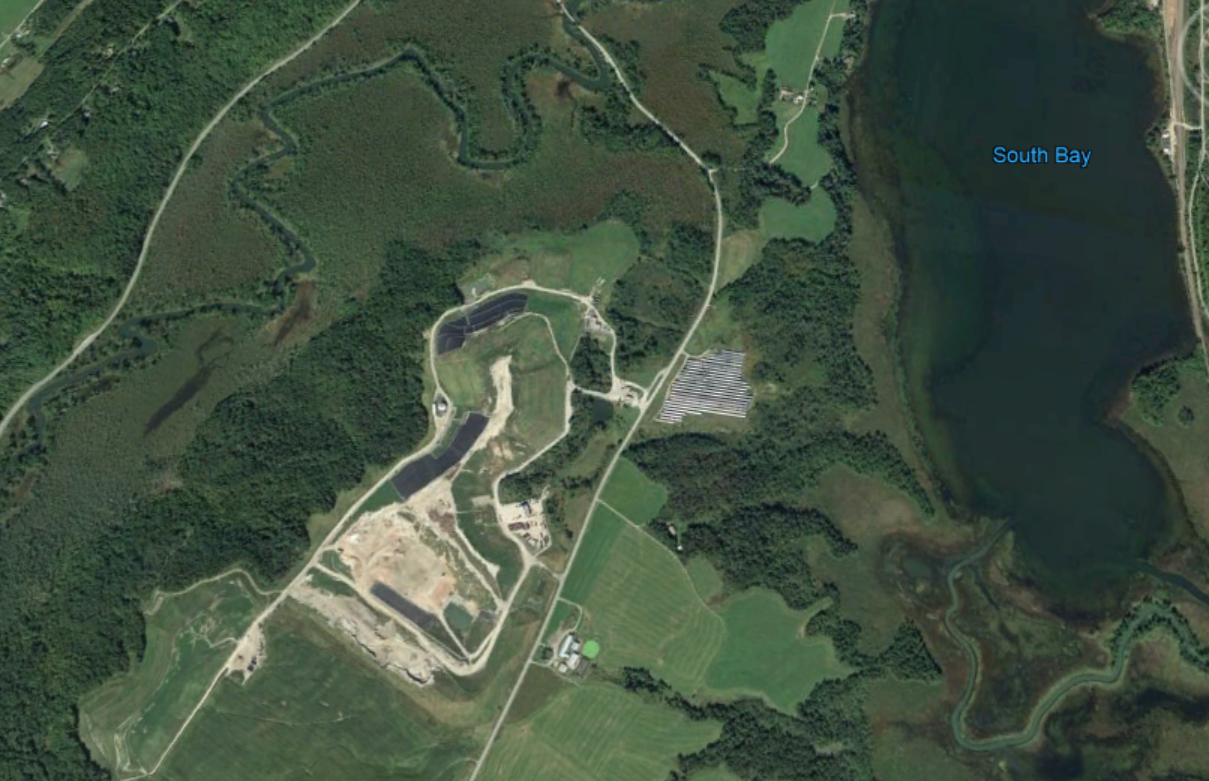

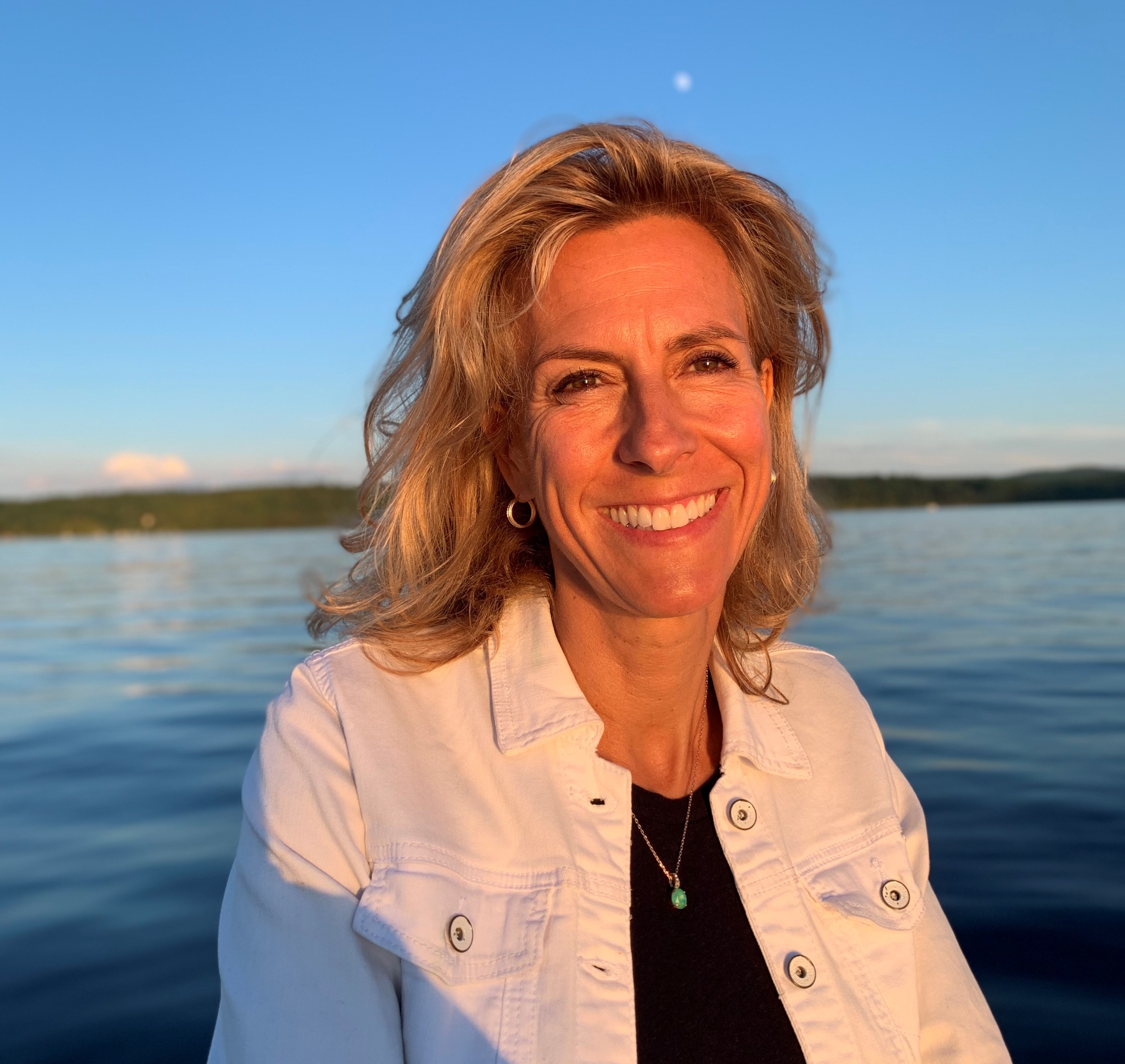


















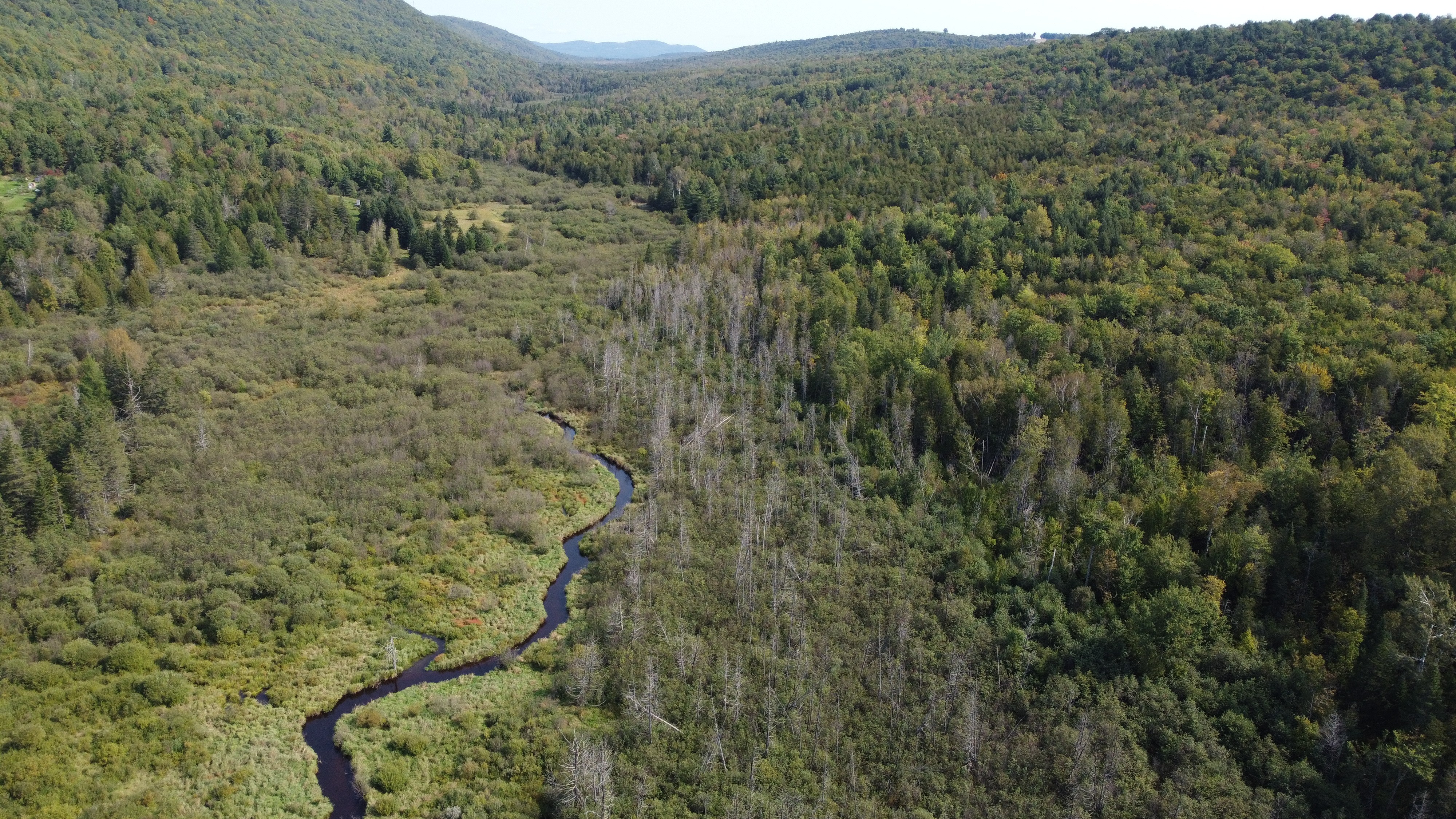




.JPG)




